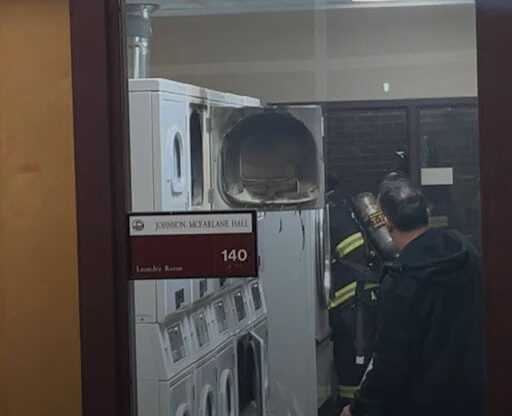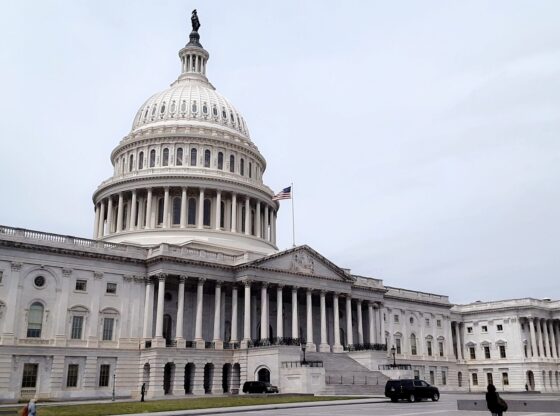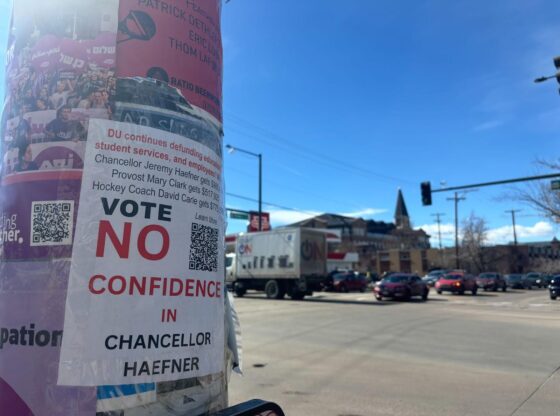State your drink order, swipe your card, select tip amount– over the past few years, there has been a rise in digital tap-to-order tablets that immediately guilt the customer into selecting a gratuity between 15% and 30%. The abrasiveness of this question immediately after spending money is hugely off-putting. But we must ask ourselves what has led to this post-COVID-19 rise in tipping throughout all industries.
Tipping is conventionally seen as the standard for the food service industry. Recently, however, companies have requested gratuity in all nooks and crannies of the economy. For example, people have been asked to leave a gratuity for mortgage companies, which is outrageous due to the rising cost of housing nationwide.
With inflation reaching 6.5% at the end of the fourth quarter last year, it’s hard enough for consumers to splurge on eating out or purchasing a $6 coffee, so continually bombarding them with unsolicited advice about tipping puts customers in an awkward situation at the register.
Despite the financial hardship a lot of Americans have faced throughout the pandemic, it is important to still include a tip, especially for food service workers. At restaurants and cafés, it is commonplace to leave a 20% tip for the services provided to you, as restaurants especially are known for often paying their employees minimum wage and having them rely on tips to make up for the low wages. But this begs the question: is it up to the consumers to keep food industry workers afloat or to the companies that set their employees’ wages?
Businesses should pay their full-time employees a livable wage rather than relying on their customers to pay on top of the service price. It is unfair to the customer to take extra money from their pocket to support service industry workers, especially when many Americans struggle to make ends meet. However, tipping on a large order of coffee should be expected, but tipping 20% on a single drink order is hard to justify for many.
Despite the uncomfortable and sometimes off-putting position of being asked for gratuity immediately after purchasing a service, it is still good practice to tip at restaurants and cafes for large orders and good service because full-time employees deserve to earn a livable wage that is often not set for them by their employers. The rise in tipping across all sectors of the economy needs to be looked at critically, and consumers need to ask why service industry workers do not make enough without their tips to keep them afloat. Supporting unions is one way to get involved in support for service industry workers.











